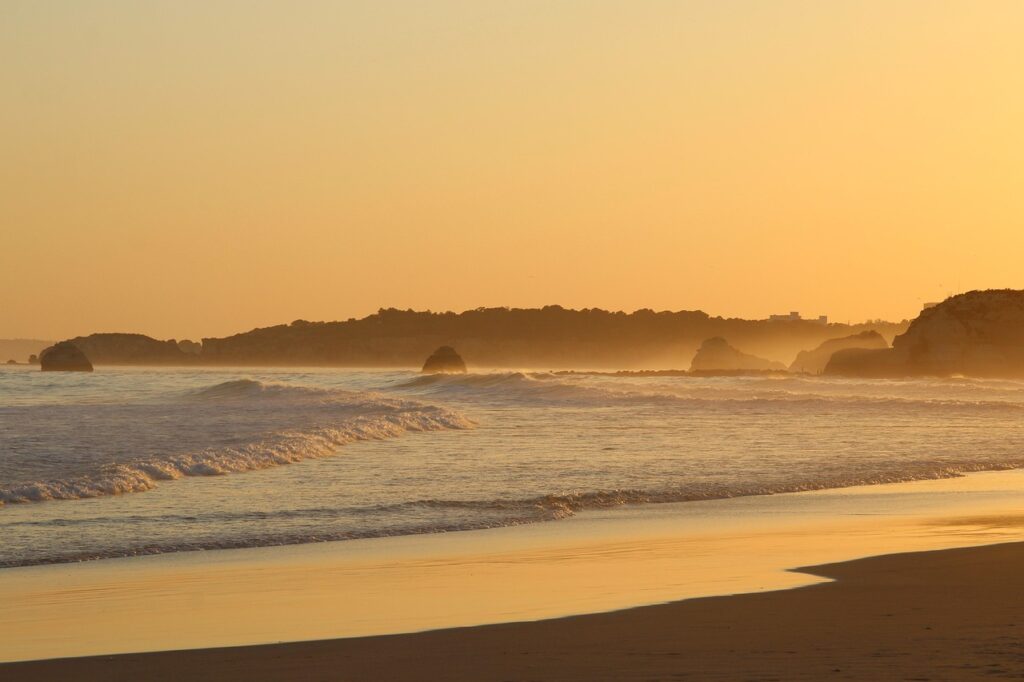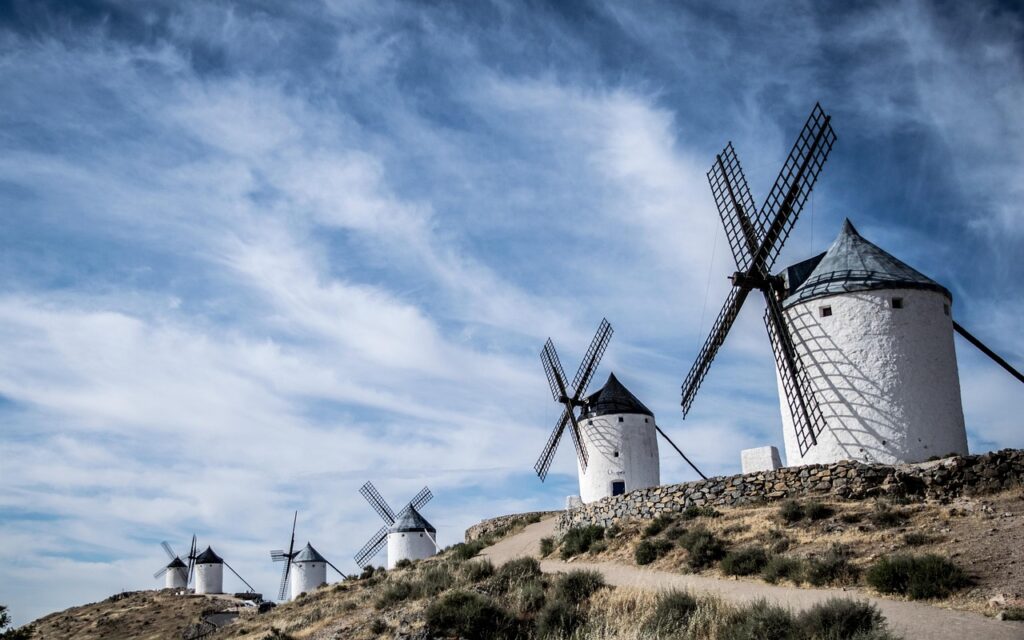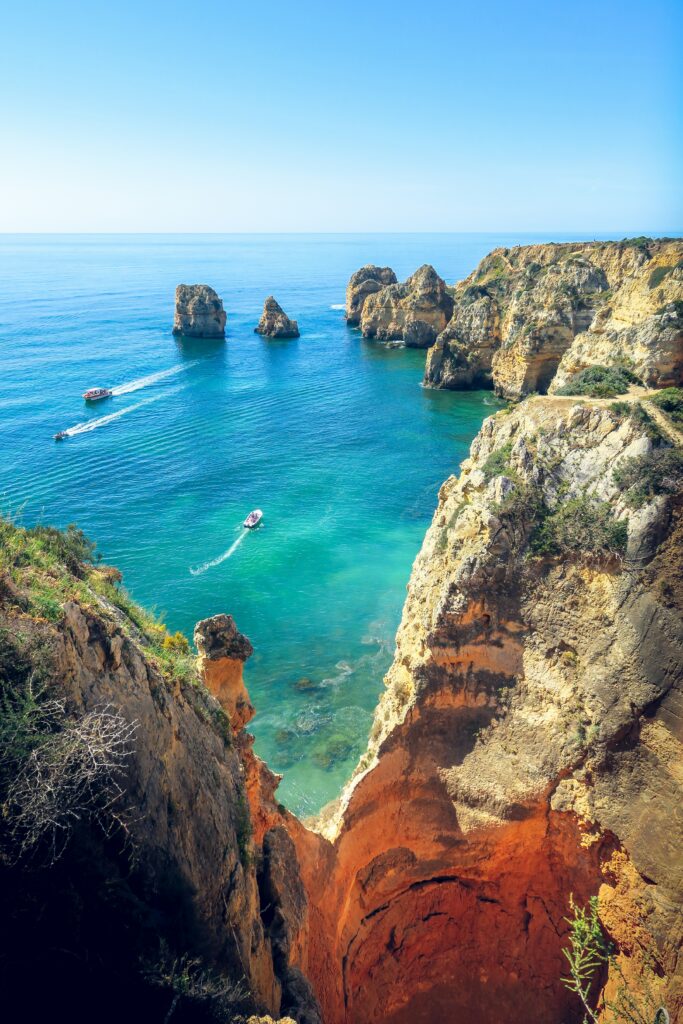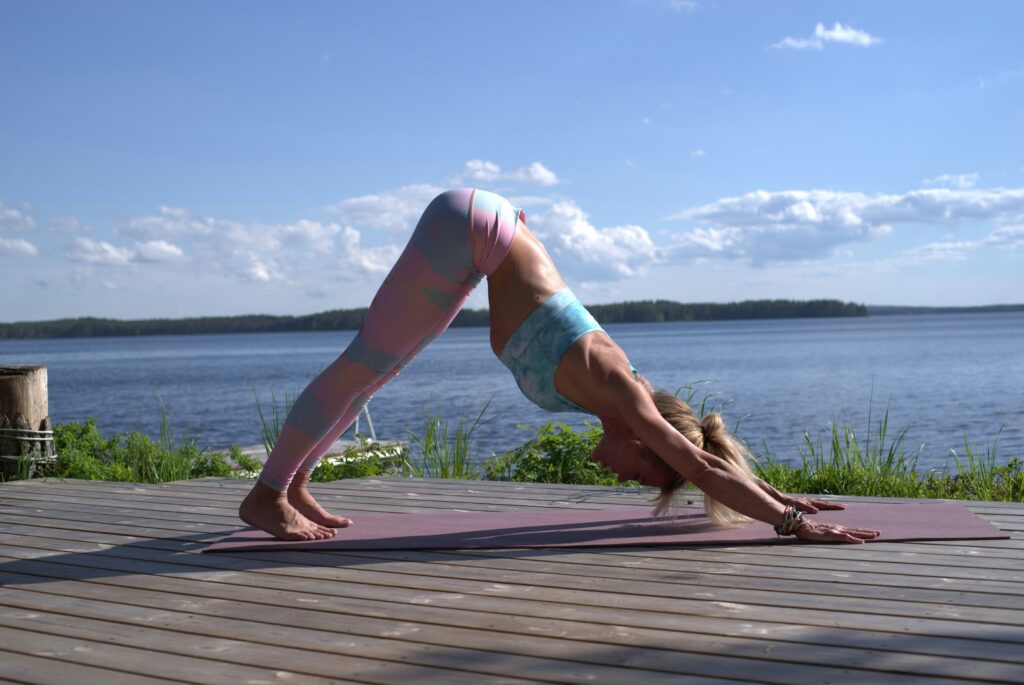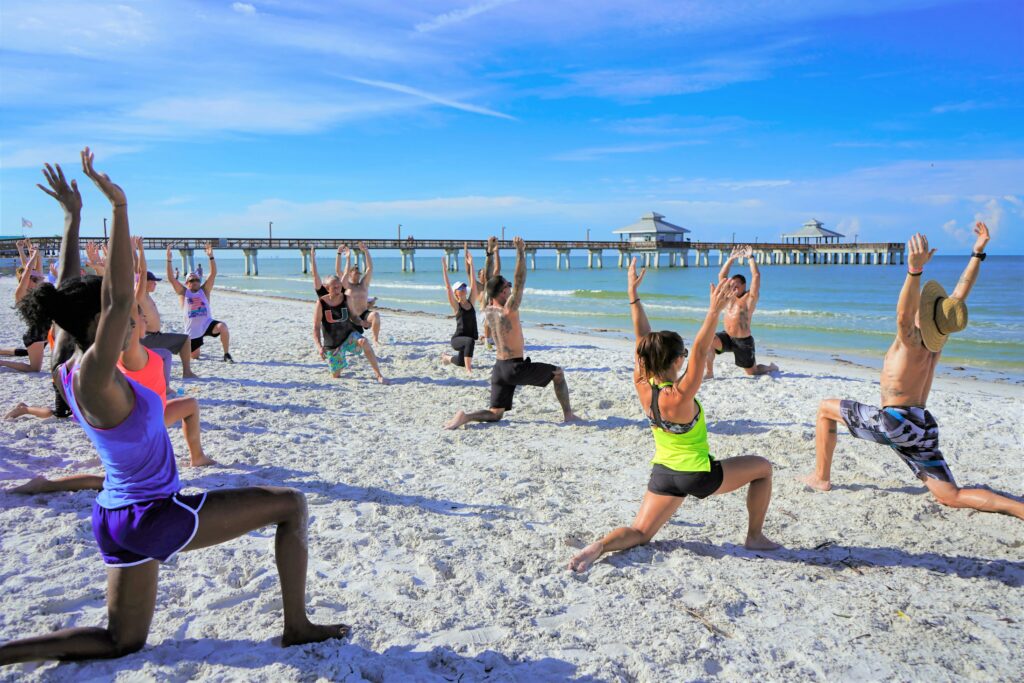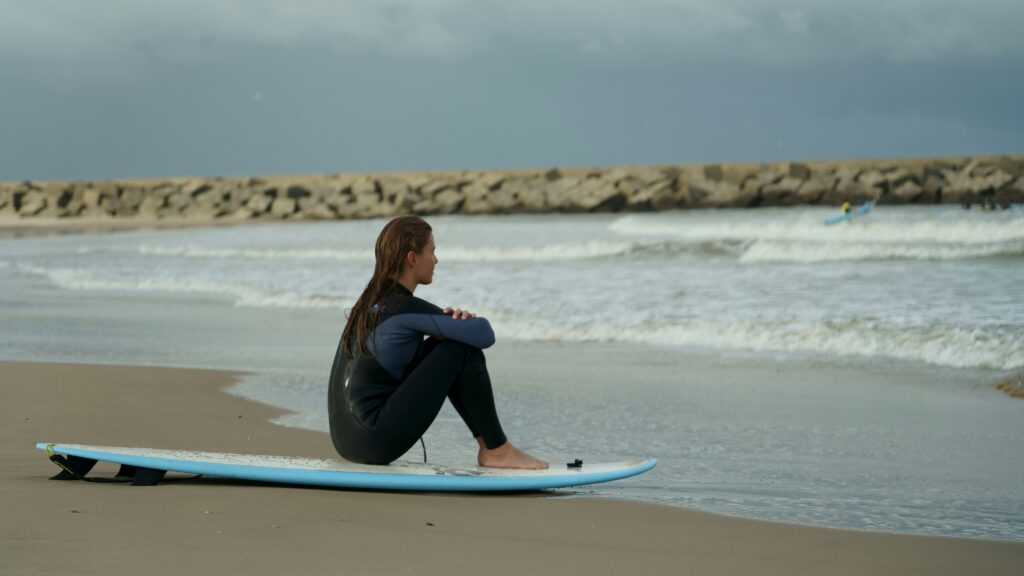Crete doesn’t whisper—it speaks in the clear, direct voice of a place that’s been inhabited for thousands of years and knows exactly what it is. Greece’s largest island stretches 260 kilometers from east to west, long enough to contain multiple climates, landscapes, and distinct regional cultures. Mountains rise to snow-capped peaks even in late spring. Gorges carved by millennia of water slice through limestone formations. Olive groves silver the hillsides, some trees so ancient they were already old when Venice ruled the island. And everywhere, the sea—sometimes turquoise and gentle, sometimes deep blue and wild, but always present, defining the rhythm of life.
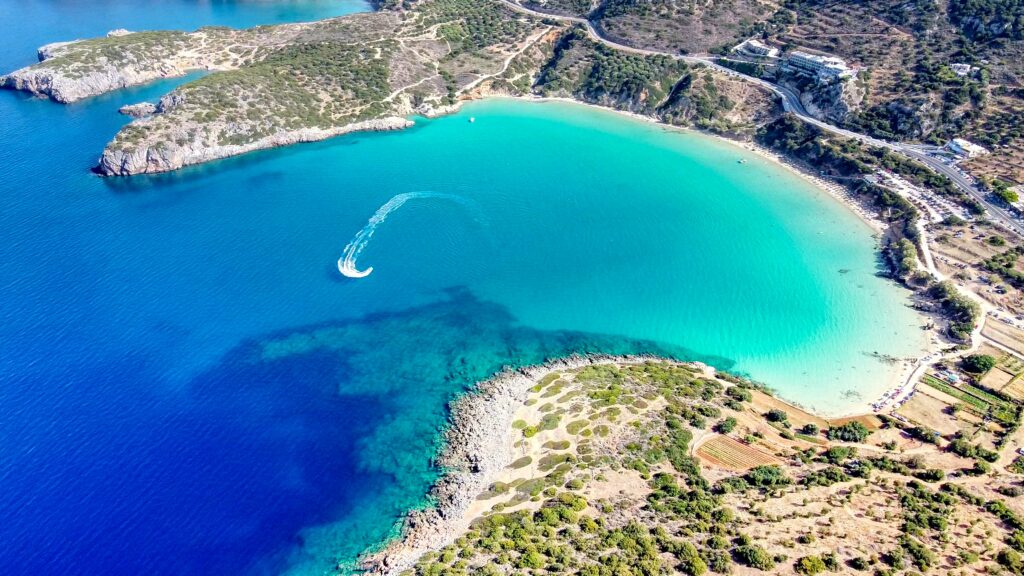
If Santorini is about elevation and air, about the drama of volcanic geology and clifftop views, then Crete is fundamentally about earth. About roots that go deep, traditions that persist, and a way of life that prioritizes substance over spectacle. This is the island where Minoan civilization—Europe’s first advanced society—flourished four thousand years ago. It’s where resistance fighters hid in mountain caves during World War II. It’s where elderly women still dress in black, where shepherds tend flocks in highlands that feel unchanged since antiquity, where the concept of hospitality isn’t a business strategy but a moral obligation.
For yoga practitioners seeking retreats in Greece grounded in authenticity, connection to nature, and the nourishment of real food grown in real soil, Crete offers experiences that feel more like returning to essentials than escaping daily life. The island attracts those who want their practice integrated with hiking, swimming in hidden coves, harvesting vegetables, learning traditional crafts, and eating meals prepared by people who’ve been making the same dishes for generations. This is yoga as a way of life rather than a temporary wellness intervention—and Crete provides the perfect container for that exploration.
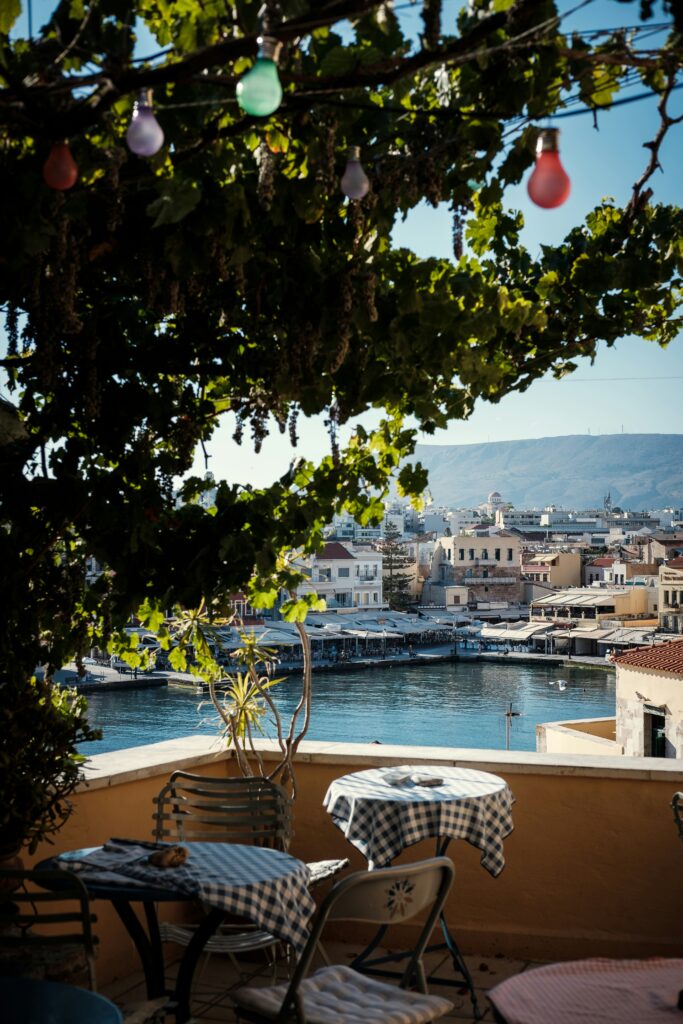
The Cretan Landscape: Where Mountains Meet Sea
Understanding Crete’s geography helps explain why the island produces such distinctive retreat experiences. The island is essentially a mountain range that happens to have sea on both sides—the northern coast facing the Aegean, the southern coast meeting the Libyan Sea. The central spine reaches over 2,400 meters at Mount Psiloritis, creating dramatic elevation changes and microclimates that allow for remarkable diversity.
The northern coast is where you’ll find the main cities—Heraklion, Chania, Rethymno—along with gentler beaches and more developed tourism infrastructure. The southern coast is wilder, with steep cliffs plunging into deeper waters and villages that retain a frontier feel. Between north and south, the interior offers villages where time seems negotiable, where agriculture still drives the economy, where every family produces its own olive oil and wine.
Most yoga retreats in Crete position themselves to take advantage of this variety. You might stay in a renovated stone house in a mountain village with morning practice overlooking olive groves, afternoon hikes to Byzantine churches hidden in valleys, and evening swims at beaches a twenty-minute drive away. Or you could base yourself on the coast with daily yoga by the sea and optional excursions into the mountains. The point is that Crete offers both—earth and water, mountain and sea, wild nature and cultivated land—all accessible within the span of a single day.
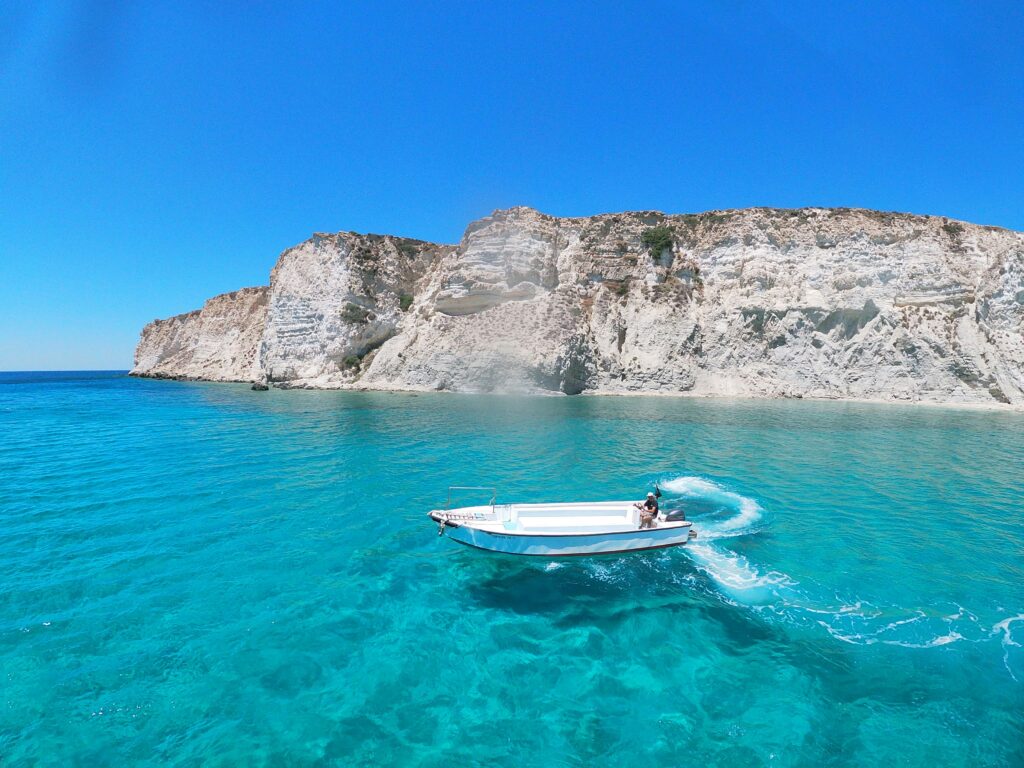
Authentic Retreat Centers: Family-Run and Farm-Based
Crete’s yoga retreat scene differs markedly from other Greek islands in its emphasis on authenticity and local ownership. Rather than international yoga brands or luxury boutique hotels, you’re more likely to encounter retreat centers run by Cretan families, sometimes for generations, who’ve adapted their properties for wellness tourism while maintaining traditional agricultural practices.
Typical accommodations include renovated stone farmhouses with thick walls that keep interiors cool even in summer heat, courtyards shaded by grapevines or mulberry trees, and gardens that supply much of what appears on your plate. Rooms tend toward simple comfort rather than luxury—whitewashed walls, wooden furniture, cotton linens, and details that reflect local craft traditions. The focus is on what’s essential rather than what impresses on Instagram.
What these properties lack in glamour they make up for in character and genuine hospitality. Your hosts likely grew the tomatoes in your salad, pressed the olive oil dressing them, baked the bread you’re eating, and can tell you stories about their grandparents working this same land. There’s an integrity to this that money can’t buy—a sense that you’re being welcomed into something real rather than sold a curated experience.
Many Cretan retreats also incorporate working farm elements. You might help harvest vegetables in the morning before yoga, learn to make cheese from the property’s goats, participate in olive harvest if you’re there in late autumn, or join in wine-making during September’s grape harvest. These aren’t staged activities—they’re actual work that needs doing, and your participation is genuinely appreciated. The effect is grounding in the most literal sense, connecting you to the processes that sustain life.
Yoga Styles and the Rhythm of Practice
The Cretan approach to yoga retreat tends toward the holistic and integrative. Rather than intensive asana practice separated from the rest of daily life, you’re more likely to find retreats that treat yoga as one element in a larger practice of mindful living. Morning sessions might be followed by working in the garden, which becomes meditation in action. Afternoon hikes through olive groves become walking meditation. Preparing and sharing meals becomes a practice of presence and gratitude.
Hatha yoga, gentle Vinyasa flow, Yin yoga, and restorative practices are most common, often taught by instructors who’ve lived on Crete for years and whose teaching has been influenced by the island’s pace and philosophy. The heat during summer months naturally encourages slower, more mindful movement, and many retreat centers adapt their schedules to honor the traditional Mediterranean rhythm—early morning practice, midday rest, late afternoon or evening session.
A typical day at a Cretan yoga retreat might unfold like this: You wake to roosters announcing dawn and the scent of herbs warming in early sun. Morning practice happens outdoors—perhaps on a terrace overlooking the sea, or in a garden surrounded by olive trees, or on a rooftop with views of mountains. The session runs 90 minutes to two hours, ending with extended savasana while goat bells chime in the distance.
Breakfast is a serious affair—fresh yogurt made on-site, local honey, bread still warm from the wood-fired oven, seasonal fruit, mountain tea or Greek coffee. After eating, you might help in the garden, hike to a nearby beach, or have free time for reading and rest. The midday heat makes this the natural pause point, and most people nap, swim, or retreat to shaded spaces.
Late afternoon brings another practice, often more restorative than the morning session, followed by sunset watching (a sacred daily ritual in Crete, taken as seriously as any yoga pose) and dinner. Meals are events—multiple courses, local wine, conversation that ranges from serious to silly, and hours spent around the table because rushing would be both rude and ridiculous. After dinner, you might gather for meditation, have a workshop on Greek philosophy or Cretan herbs, or simply sit under the stars feeling pleasantly exhausted and deeply fed.
The Food: Nourishment as Practice
It’s impossible to talk about Cretan yoga retreats without dwelling on food, because food in Crete isn’t just sustenance—it’s culture, medicine, celebration, and art all at once. The Cretan diet, studied extensively for its health benefits and longevity-promoting properties, is based on what grows easily on the island: olive oil in astonishing quantities, wild greens, legumes, vegetables, herbs, yogurt and cheese from sheep and goats, fish and seafood, small amounts of meat, fruit, and wine.
What makes retreat food in Crete special isn’t complexity but quality and care. A simple Greek salad becomes extraordinary when the tomatoes are sun-ripened and sweet, the cucumber crisp and slightly bitter, the olives oil-cured by someone’s grandmother, the feta creamy and sharp, and the olive oil so green and peppery it catches in your throat. Dakos (barley rusk topped with tomatoes and cheese) is peasant food elevated to something profound by the excellence of its components.
Many retreat meals feature dishes you won’t find in tourist restaurants—things like stamnagathi (wild greens), snails prepared in various traditional ways, pies made with wild-foraged horta, stews that have been simmering for hours, and sweets based on honey, nuts, and seasonal fruit rather than refined sugar. The cooks—often local women who learned from their mothers and grandmothers—aren’t following written recipes but rather working from embodied knowledge passed down through generations.
Some retreats incorporate cooking classes or market visits into the program. You might wake early to visit a village market, watching locals haggle over produce and cheese, then return to prepare lunch using what you’ve bought. The act of chopping vegetables, stirring pots, and preparing food together becomes a form of meditation, a practice of attention and care that extends the yoga mat’s lessons into daily life.
Outdoor Activities: The Island as Practice Space
Crete’s dramatic landscape makes outdoor activity not just an add-on but an integral part of the retreat experience. The island is crisscrossed with hiking trails ranging from gentle coastal walks to challenging mountain treks. The most famous is the Samaria Gorge—a 16-kilometer descent through a dramatic canyon in the White Mountains—but dozens of other gorges, coastal paths, and mountain routes offer spectacular hiking.
Many retreats incorporate guided hikes as part of the program, treating them as moving meditation rather than athletic achievement. The pace is contemplative, with frequent stops to notice plants, listen to birds, or simply breathe in views. Local guides often share knowledge about medicinal herbs, point out archaeological sites, and tell stories about the landscape’s history and mythology.
Swimming is another daily practice. Crete’s coastline offers endless possibilities—sandy beaches, rocky coves, small harbors where fishing boats bob alongside swimmers. The southern coast in particular has a wild beauty, with beaches accessible only by boat or on foot, and water that’s remarkably clear. Some yoga and wellness retreat centers organize boat trips to remote swimming spots, turning the journey into a meditation on the relationship between land and sea.
Rock climbing, sea kayaking, and mountain biking are available for those seeking more adventure. The island’s varied terrain supports all these activities, and several retreats cater specifically to active wellness travelers who want to combine yoga with outdoor sports. The key is that in Crete, these activities don’t feel separate from practice—they’re extensions of the same intention to be present, to honor the body’s capabilities, and to connect with the natural world.
Best Time for Cretan Yoga Retreats
Crete’s size and varied geography create more weather diversity than smaller Greek islands, but the basic retreat season runs April through October, with each period offering distinct advantages.
April and May: Spring in Crete is glorious—wildflowers carpet the mountains and valleys, temperatures are ideal for hiking (18-24°C), and the whole island feels renewed after winter rains. The sea is still cool (17-19°C) but swimmable for the brave. This is arguably the best time for nature-focused retreats and outdoor activities. Villages celebrate Easter with festivals that visitors are welcomed into, offering a glimpse of Cretan traditions. Prices are moderate and availability is generally good.
June and September: These months offer the sweet spot of warm weather, comfortable sea temperatures (22-25°C), and manageable tourist numbers. June has the advantage of longer days and wildflowers still blooming in mountain areas. September brings the grape harvest, wine-making activities, and a sense of abundance as summer’s bounty reaches its peak. Both months are excellent for combining beach time with mountain exploration. Book 2-3 months ahead for popular retreat centers.
July and August: High summer brings guaranteed sunshine and water warm enough to spend hours in (24-27°C), but also intense heat—temperatures frequently exceed 30°C and can reach 35-40°C in interior valleys. Coastal retreats cope better with the heat thanks to sea breezes. This is also peak tourist season, meaning higher prices and more crowded beaches and attractions, though Crete is large enough that you can always find quiet spots. Some people love the vibrant energy of Cretan summer—festivals, outdoor gatherings, long nights—while others find it overwhelming.
October: Many consider this the ideal month. The sea retains summer warmth (20-23°C), crowds have thinned dramatically, the light takes on a golden quality, and there’s a sense of harvest and completion. Early October is particularly lovely; by month’s end, weather becomes more variable with possibility of rain. Late October sees olive harvest beginning, and some retreats allow participation in this ancient seasonal ritual.
November through March: Unlike smaller islands, Crete maintains more year-round life. Some retreat centers stay open in winter, particularly in southern coast areas that enjoy milder weather. Winter retreats appeal to those seeking solitude, authentic local life, and the drama of stormy seas and snow-capped mountains. It can be rainy and genuinely cold, but also beautiful in a raw, stripped-down way that summer visitors never experience.
Getting to Crete and Getting Around
Crete has two main international airports—Heraklion (HER) in the north-central region and Chania (CHQ) in the west. Both receive direct flights from many European cities from April through October, with year-round service through Athens. Flight time from Athens is approximately 50 minutes. Which airport you choose depends on where your retreat is located—the island is long enough that this matters.
Ferries connect Crete to Athens (Piraeus port) and other islands. The journey from Piraeus to Heraklion takes about 9 hours on conventional ferries, or 6-7 hours on high-speed boats. Many travelers enjoy the overnight ferry, sleeping in cabins and waking to approach the island at dawn. Crete also has ferry connections to Santorini and other Cycladic islands, making it easy to combine destinations.
Getting around Crete requires either a rental car or reliance on retreat center transportation. Public buses connect major towns but don’t serve remote retreat locations or beaches well. Most retreat centers arrange airport/port pickup and organize excursions, but having a car provides freedom to explore on free afternoons. The island’s roads range from modern highways along the north coast to narrow, winding mountain routes that require confident driving.
What to Expect: Costs and Practical Considerations
Cretan yoga retreats are generally more affordable than those on Santorini or Mykonos, with week-long packages typically ranging from €800 to €1,800. This usually includes shared or private accommodation, all meals, daily yoga classes, and some activities like guided hikes or cooking classes. Excluded are usually airfare, wine or spirits, spa treatments (if available), and optional excursions.
The value proposition is strong—you’re getting authentic experiences, excellent food, and genuine hospitality rather than paying for luxury brand names or prime real estate. The trade-off is that accommodations won’t have the design magazine polish of boutique hotels, facilities may be simpler (shared bathrooms aren’t uncommon in budget-friendly options), and you’ll need to embrace a more rustic aesthetic.
English is spoken at retreat centers and in tourist areas, but less universally than on more touristed islands. This is part of Crete’s authentic charm—you’re more likely to have interactions that require hand gestures, smiles, and patience. Learning basic Greek phrases is both appreciated and useful. Cretans are known throughout Greece for their hospitality and pride in their distinct culture, and making an effort with the language opens doors.
Is Crete Right for Your Yoga Retreat?
Crete is ideal for travelers who value substance over style, who want their yoga practice integrated with nature and traditional culture, who appreciate good food and aren’t counting calories, and who can embrace simplicity and authenticity over luxury amenities. It’s perfect for those who like to hike, who enjoy being in rural areas, who want to learn about agricultural traditions and local ways of life, and who prefer retreats where the host family knows your name and story.
This is not the island for those seeking glamorous Instagram settings, spa-heavy wellness programs, nightlife, or resort-style service. It requires more flexibility and adaptability than polished tourism destinations—things may not run on precise schedules, facilities may be basic, and you might need to navigate language barriers and cultural differences.
But if you’re drawn to places with depth and character, if you want a retreat that feels like stepping into a different way of life rather than a temporary wellness vacation, if you’re ready to be fed in every sense of the word—body, mind, and spirit—then Crete offers something increasingly rare in our curated, commercialized world. It offers the real thing. And once you’ve experienced that authenticity, that groundedness, that sense of being welcomed not as a customer but as a guest in the truest sense, you may find yourself planning your return before you’ve even left.

